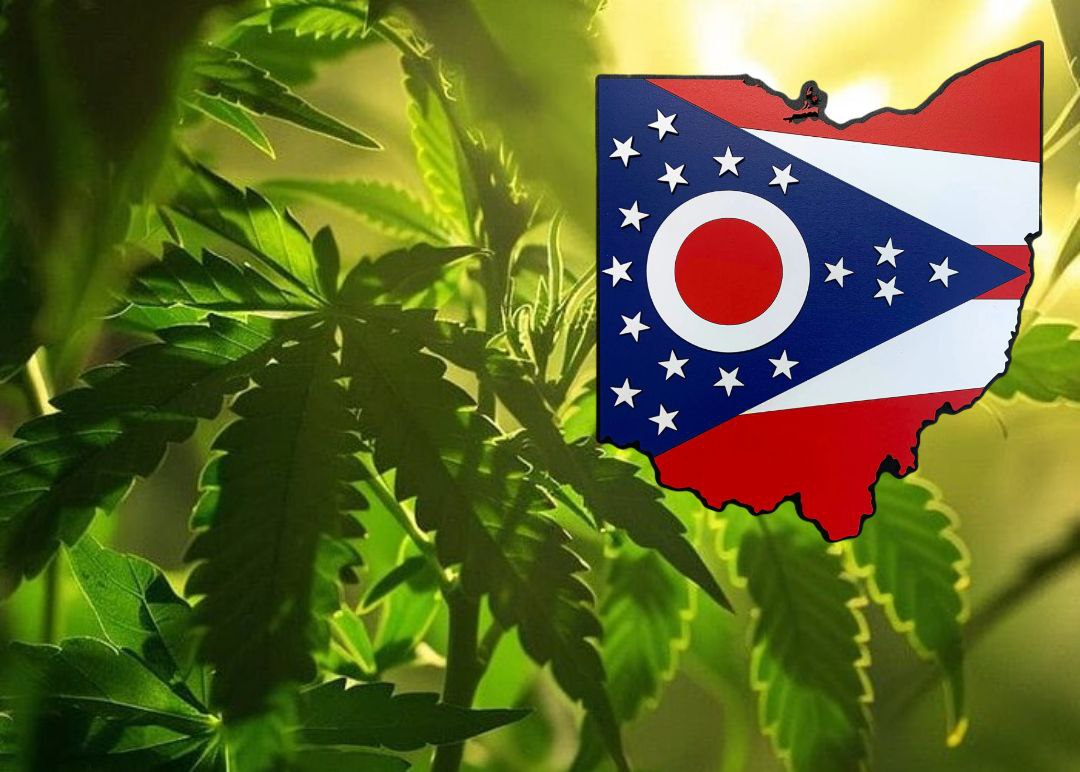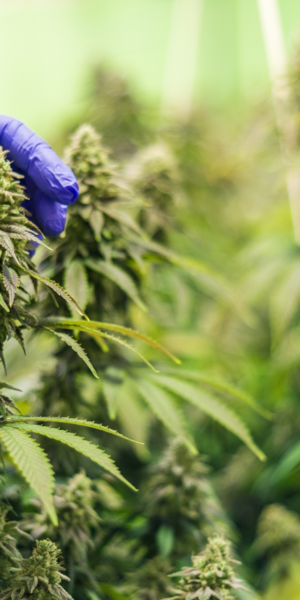Ohio Cannabis Sales Exceed $1.2B Since Recreational Launch
COLUMBUS – State records show Ohio’s Cannabis sector has recorded more than $1.2 billion in combined medical and adult-use sales since recreational dispensaries opened in August 2024, a mark that underscores consistent buyer turnout in a market still finding its footing.
The Ohio Division of Cannabis Control reported cumulative figures: adult-use purchases totaled $871 million across 12.3 million receipts, while medical sales added $332 million from roughly 3.6 million transactions during the same stretch. That brings the overall tally to $1.203 billion and nearly 16 million interactions at licensed outlets, according to an analysis of the data.
These numbers build on a first-year haul of $702 million in recreational revenue alone, logged through August 2025. The uptick [about $169 million over the past two months] points to average monthly adult-use volume holding above $40 million, even as summer peaks fade. Divide the recreational total by transactions, and it works out to $71 per purchase, a figure that aligns with pricing trends: last week’s averages sat at $6.49 per gram for flower and $25.89 for processed goods.
Operators have moved 138,612 pounds of raw plant material and 14.9 million units of manufactured items in the recreational channel, per state tallies. Yet the medical side tells a different story. Active patients dropped 43% between May 2024 and July 2025, from 166,000 to under 95,000, as many shifted to untaxed recreational buys. This crossover has buoyed overall volume but squeezed medical-only providers, who now account for just 28% of post-launch sales.
Tax collections reflect the momentum. Ohio levies a 10% fee on adult-use transactions, generating an estimated $87 million to date for state coffers and local hosts – funds earmarked for community grants, schools, and public safety. Early projections for fiscal 2025 pegged excise intake above $60 million, a target now in sight as sales accelerate. Still, some municipalities report delays in distributions, prompting questions about rollout efficiency.
The data arrives against a backdrop of regulatory friction. Governor Mike DeWine’s recent push to curb unregulated hemp-derived products [now paused by court order] highlights tensions between licensed channels and gray-market alternatives. With 469 dispensaries operational, Ohio’s per-store sales averaged $5.8 million last month, up from fall 2024 levels, signaling room for expansion in a state of 11.9 million residents.
These benchmarks signal a market on solid ground, with recreational demand offsetting medical erosion and tax streams bolstering public budgets. As neighboring Pennsylvania and Indiana weigh their own paths, Ohio’s track record offers a case study in measured rollout: strong uptake without the supply bottlenecks that plagued early adopters like Illinois. The next quarter will test whether this pace holds through holiday lulls and potential federal shifts.



































